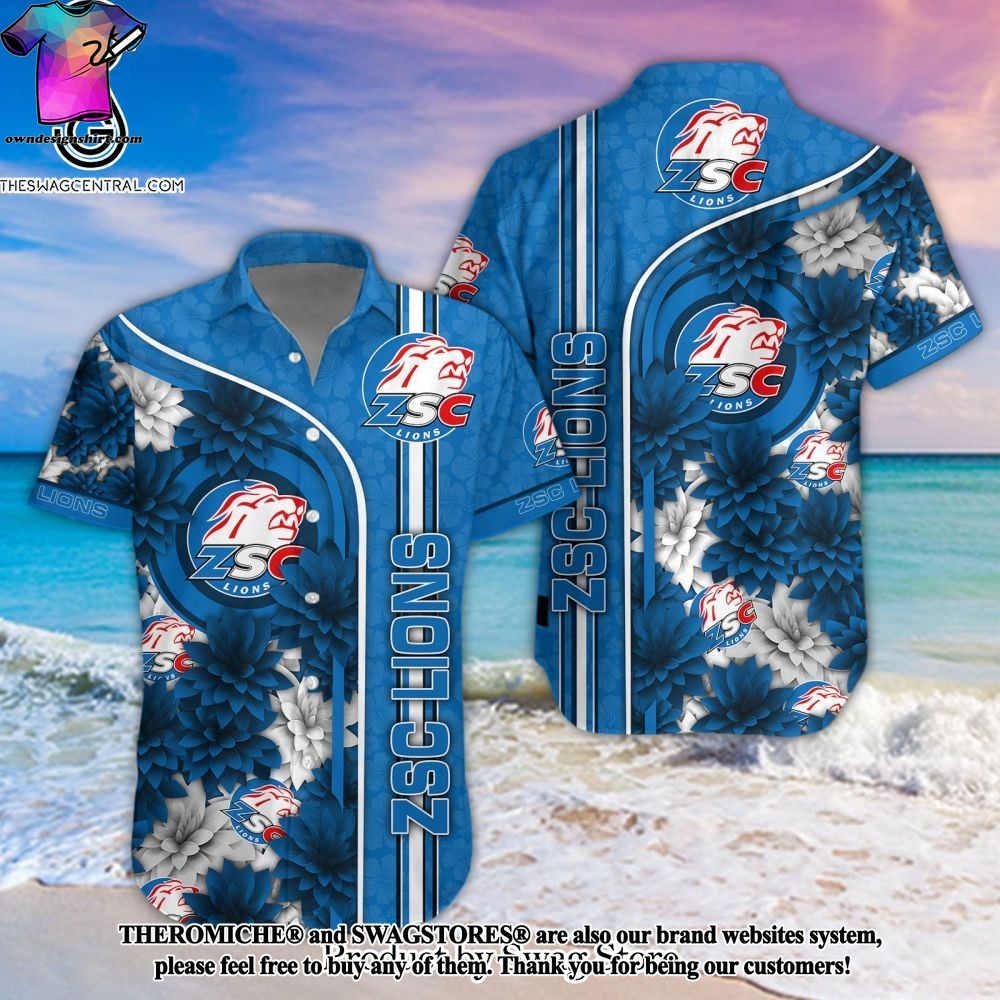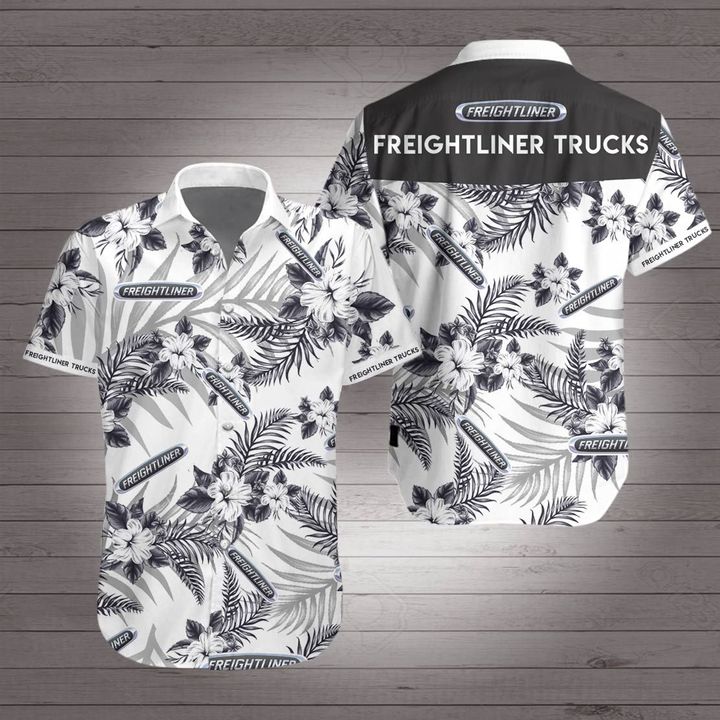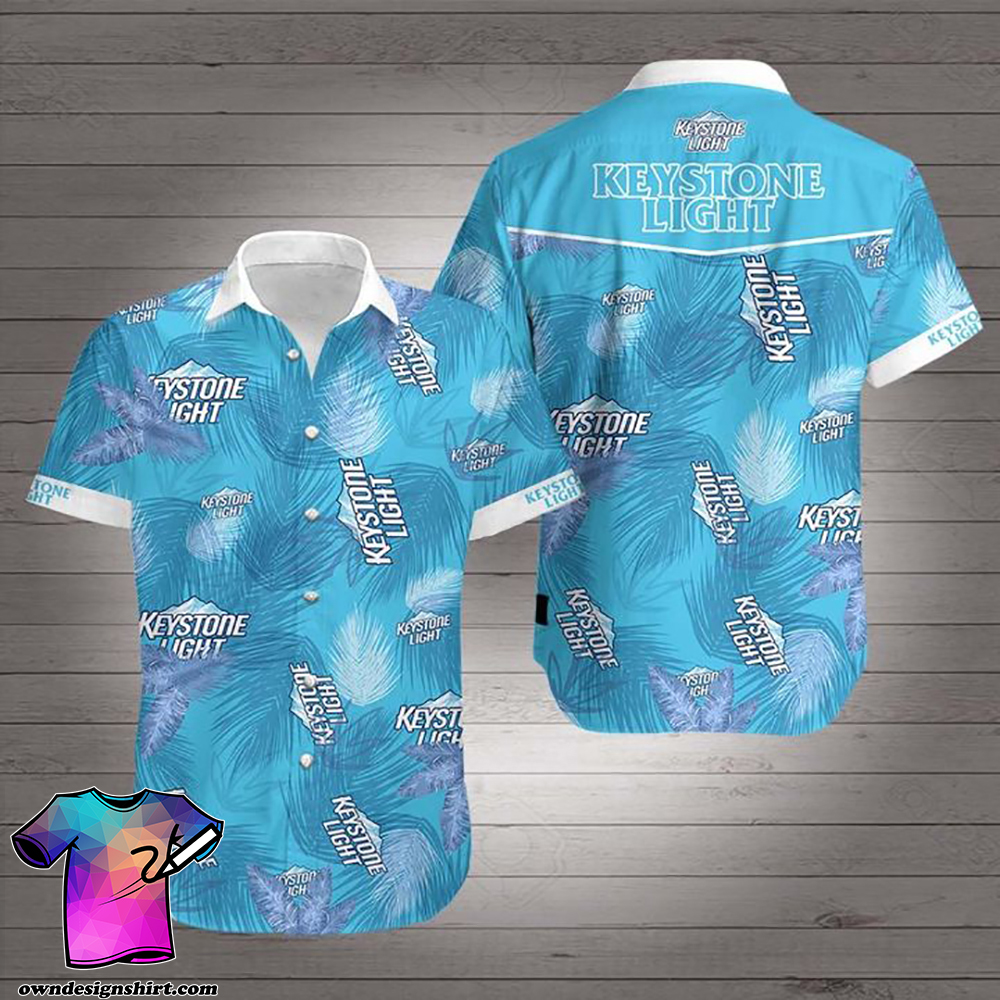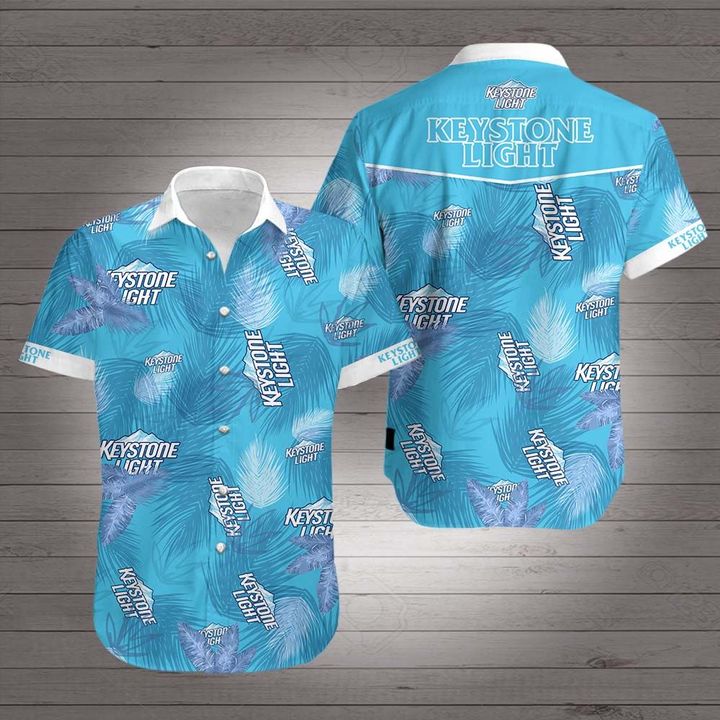The most recent 2016 MCMA emissions inventory consists of several enhancements relative to previous cactus summer all over printed hawaiian shirt inventories, such as the quantity and specificity of source classes and pollutants, and the use of MOVES developed by US Environmental Protection Agency adapted for Mexico, MOVES-Mexico, for estimating emissions from cellular sources.
cactus summer all over printed hawaiian shirt
step for improving the environmental administration of industries. However, the emissions inventory exhibits that industries of native jurisdiction are nonetheless high emitters of NMVOCs, while industries of federal jurisdiction are massive emitters of NMVOCs and NOx. Some of the NMVOCs emitted by industries are extremely toxic and reactive. Furthermore, many industries usually are not included within the MCMA emission inventory because they are not regulated and wouldn’t have reporting requirements. There can also be confusion in classifying cactus summer all over printed hawaiian shirt small but abundant industrial sources as space sources; some shops categorized as area sources ought to actually be considered as point sources. This program promotes the implementation of emissions management techniques and fleet renewal with superior technologies to cut back emissions. The taking part corporations benefit from having their registered autos exempted from driving restriction of the HNC program, even when an environmental contingency is declared. This is a voluntary program by which commercial firms are invited to establish plans/initiatives for the substitute, preventive or corrective maintenance, and set up of submit-treatment systems of exhaust gases to their diesel automobiles, to be able to reduce pollutant emissions below these obtained by the HNC program.
The self-regulated firms decide to submit semi-annual stories of emission checks prepared by laboratories specialised in emission measurements for cell sources. The reports must be accompanied by the calibration certificates of the measuring tools used for the testing. In conclusion, the HNC program has advanced over time with a significant shift in principal goal from circulation ban to automobile fleet renewal initiative by coupling with the PVVO Program and offering robust incentives. The removing of older and more polluted vehicles from circulation ought to assist in lowering vehicle emissions. In March 2019, the CAMe introduced some modifications to the program . In 2020, all electrical and hybrid autos will be exempted from the driving restrictions. The sticker “00” might be granted to new vehicles with a performance equal or superior to fifteen km. The sticker “zero” shall be granted to autos complying with the OBD II, exhaust emissions, and visual inspection checks. In the case of motorcycles, the registration shall be granted only for those that have emission controls or electrical technology, and newer models will be expected to have EURO IV know-how by 2021. The modernization of the car fleet in the MCMA began in the Nineteen Nineties with the introduction of catalytic converters in new vehicles, the distribution of unleaded gasoline, and the implementation of stricter emission limits. The technological change and regulatory policies led to significant reductions of vehicular emissions, despite the growing number of automobiles. Development and enforcement of the Program for Atmospheric Environmental Contingencies, which includes restrictions on vehicle circulation and reductions in industrial actions during high pollution days . The MCMA has benefited from the Los Angeles expertise because it started to wash up its air 20 years later by adopting methods and emission control applied sciences pioneered by California following the popularity of the Los Angeles smog in the Fifties by Haagen-Smit . The actions included the introduction of unleaded gasoline and eventual elimination of lead in gasoline, three-way catalytic converters, stringent NOx control for O3 and PM2.5, low-sulfur fuels, and diesel particle filters launched by the California Air Resources Board .
Click to buy cactus summer all over printed hawaiian shirt and hope you like




























Reviews
There are no reviews yet.